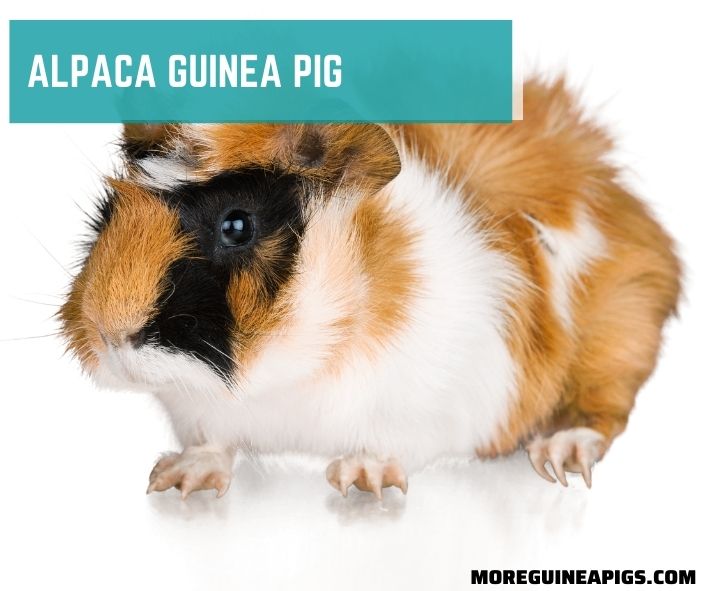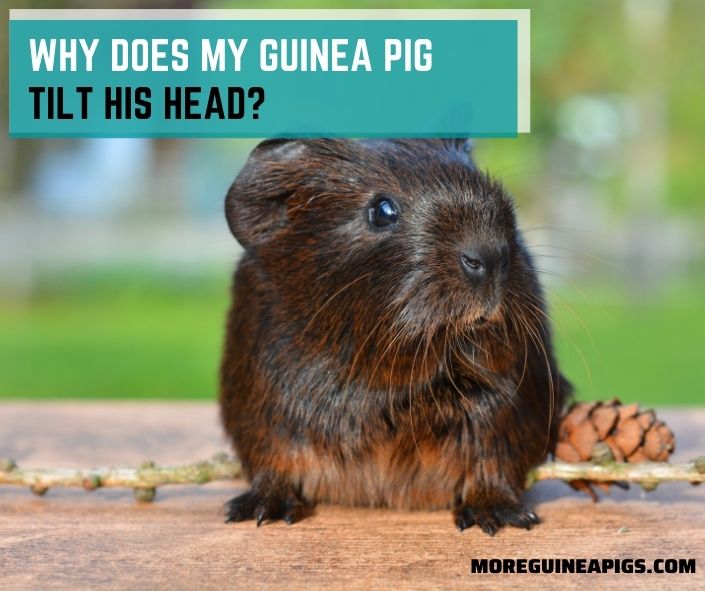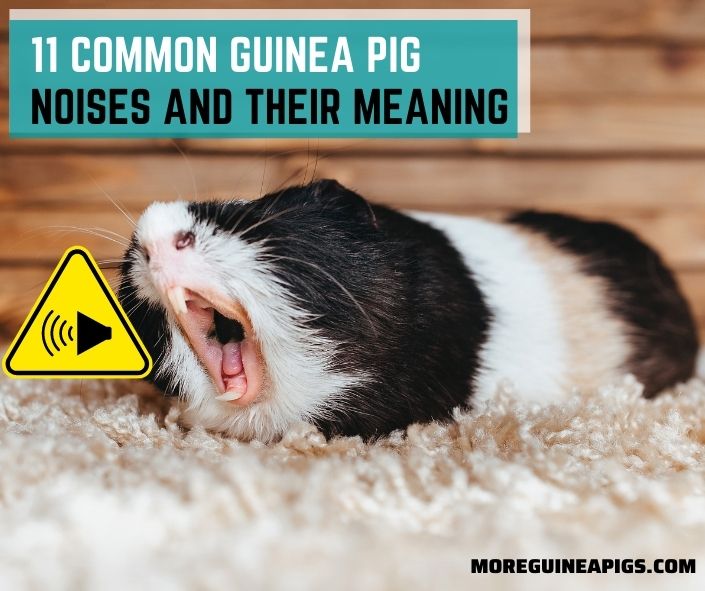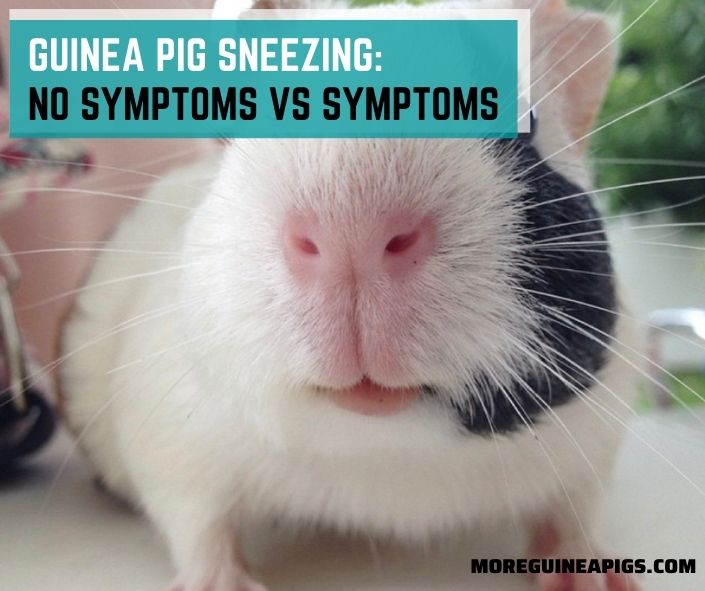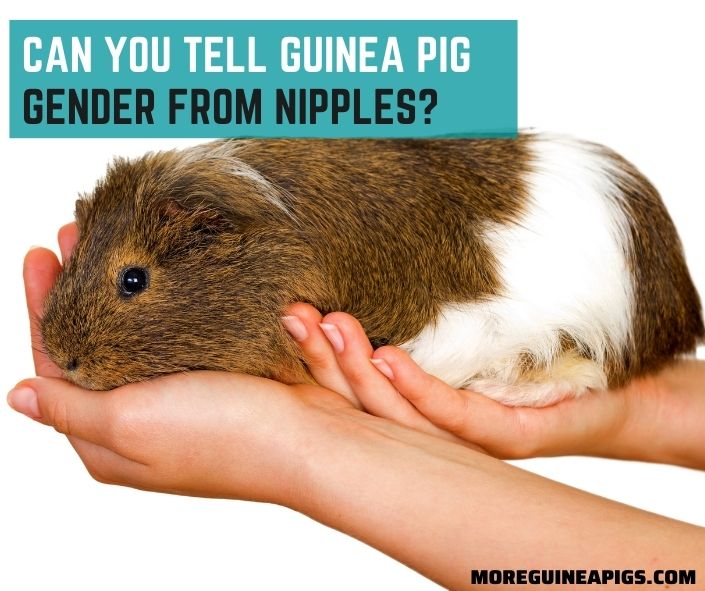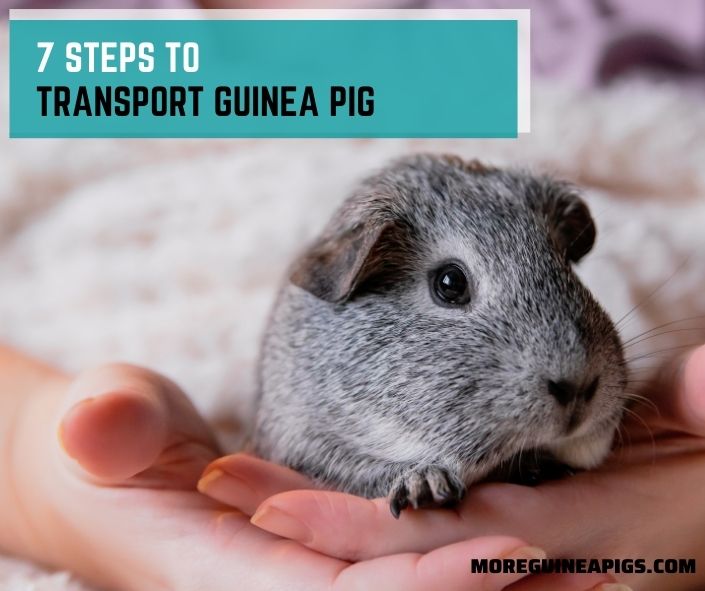Alpaca Guinea Pig: Facts, Lifespan, Behavior & Care Guide
The Alpaca guinea pig is a highly prized and rare breed of cavy which is mostly only found at specialist breeding facilities.
Due to this rarity, many prospective owners worry about the key qualities of Alpaca guinea pigs, their lifespans, behaviors, and how to care for them.
This article explores some aspects of the lives of this friendly, much sought after cavy breed. You will get useful information to help with the decision for your first (or next) Alpaca guinea pig, as well as what to expect on your first days together.
Are Alpaca Guinea Pig Rare?
Alpaca guinea pigs are quite rare, and because of this, are also highly prized. In some jurisdictions, they are yet to be recognised as official breeds. They are difficult to come by, and are mostly only found from specialized breeders.
While they come with more requirements than the common guinea pig breeds, they are friendlier and easier to cuddle, and thus give unrivaled company.
Alpaca Guinea Pig Overview
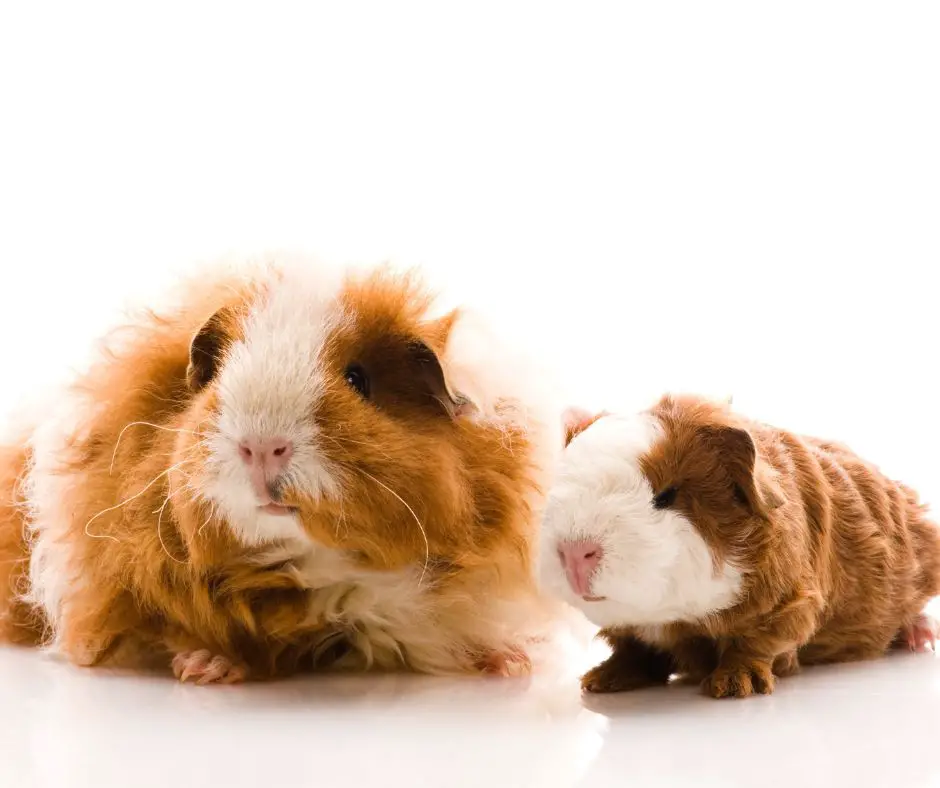
The Alpaca guinea pig is a unique and rare cavvy, and is a crossbreed of the Texel and English Peruvian breeds. It is known for its long, curly and thick fur, as well as its friendly, even-tempered temperament.
Due to its special fur, the Alpaca requires proper grooming, and is best kept by more experienced owners.
The table below summarizes some features of an Alpaca guinea pig.
| Name | Alpaca Guinea Pig |
| Origin | result of crossbreeding between a Texel and an English Peruvia |
| Size | 600-1200 grams, 8-12 inches |
| Coat | Long, thick, curly |
| Lifespan | Around five to eight years. |
| Colors | White, black, beige, brindle, cream, roan, albino |
| Temperament | brilliant animals, even-tempered animal that Is affectionate and friendly |
| Diet | same food/dietary requirements as most other Guinea Pigs |
| Suitable for | Experienced owners |
Appearance and Colors
The Alpaca is easily differentiated from other cavies by its fur. Its fur is not only long and wavy, but also thick, coarse and forward hanging, almost like bangs. They also tend to have rosettes on their foreheads.
Alpacas come in various colors, ranging from white, black and beige to cream, brindle, albino and roan. Their body shapes are mostly similar to that of other cavies, and appear to be oval when viewed from above.
In terms of size, Alpacas will often weigh between 600-1200 grams, with a length ranging between 8-12 inches.
Vita Drops-Pure C for Guinea Pig
Alpaca Guinea Pig Personality
The rare breed is revered for its friendly and calm personality. It is also fun-loving and will bond pretty fast with its owner, mainly through grooming sessions which ought to be done with much frequency.
As long as their food and hygiene needs are met, Alpacas will play around with toys without any issues. You will also bond with them faster due to their daily need for grooming.
Caring for Alpaca Guinea Pig
The Alpaca guinea pig is quite distinct from other breeds of cavies due to its long fur which also happens to be curly. While this is a quality shared with the Merino and Texel breeds, the Alpaca is known to also have very coarse fur.
For this reason, the Alpaca requires a lot more care to keep its fur healthy and neat. It is known to need more frequent grooming sessions, and is best kept in an indoors environment.
Due to their thick, coarse furs, they may overheat when left outside in the sun and also pick up debris.
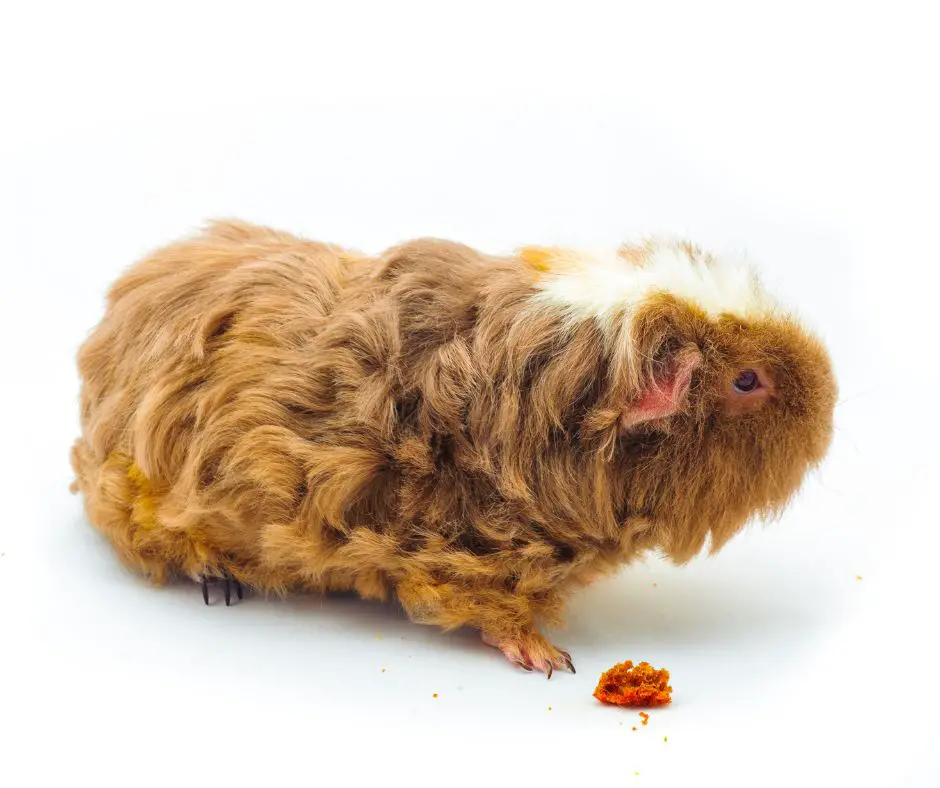
House Requirements
The house requirements for guinea pigs do not vary considerably from those of other guinea pig breeds. For a pair of Alpacas, 1080 square inches is recommended as the minimum floor space, with more space preferred if possible.
The cages are best kept indoors, in an airy location, and properly cleaned on a daily basis to prevent debris from sticking to their thick, long fur.
Also read:
Diet
The dietary requirements of Alpacas are pretty much like those of other guinea pigs. Usually, this entails an unlimited amount of hay given throughout the day, as well as green vegetables.
Alpacas may also require pellet foods fortified with Vitamin C every few days for proper health.
It is also crucial to supply them with clean drinking water, and treat them once in a while with berries to add to their intake of vitamin C. However, care should be taken not to burden their digestive systems with lots of sugar.
Also read: What Can Guinea Pigs Eat? A-Z Food List
Grooming Requirements
The fur of an Alpaca guinea pig is best groomed everyday. This should involve careful brushing and detangling to prevent the hairs from becoming matted. Detangling may hurt and therefore, this needs to be done slowly and with caution.
The furs should also be trimmed when they get long and stoop to the floor. Such trimming should also include the hairs around the anus.
Additionally, the nails are best trimmed on a monthly basis to prevent them from curling and impeding the cavy’s movement.
While cleaning of the cage does not necessarily entail bodily grooming, this is crucial for Alpacas. With their thick furs, these pets may easily pick up debris from the ground.
This may not only leave them feeling uncomfortable, but may considerably increase discomfort during grooming.
Also read: The Complete Guide about Guinea Pig Grooming
Ware Manufacturing Small Animal Grooming Kit
Alpaca Guinea Pig Health Problems
Health complications specific to Alpaca guinea pigs have not been extensively studied. Nevertheless, they are known to be prone to the ailments common in other guinea pig breeds.
For instance they may get scurvy if they do not get sufficient vitamin C in their diets.
Furthermore, without chew toys, they may suffer from overgrown teeth which impedes comfort during eating. Skin ailments may also cause them alopecia, especially if the furs of the piggie are not kept clean and healthy.
In general, an Alpaca owner should head to a vet when the cavy appears to lose weight, is duller than usual, loses patches of its fur, or doesn’t feed as is expected.
How Much Does an Alpaca Guinea Pig Cost?
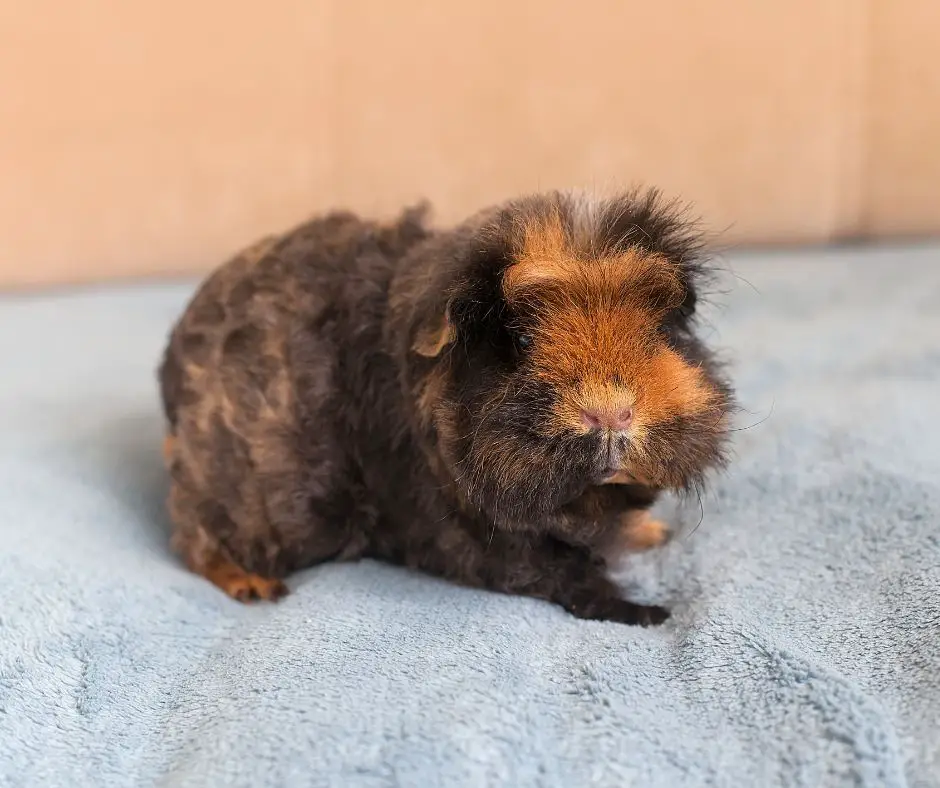
The Alpaca guinea pig is considered to be the most expensive breed given its rarity and attractive furry trait. A reputable breeder or animal rescue center may ask for anything between $100-$150 for a pig adult, and less for baby Alpacas.
The cost of caring for the Alpaca may also be higher compared to other breeds.
Aside from the initial costs of the cage, furnishings, toys, nettings and bedding, the more common guinea pig breeds may require approximately $50 for monthly feeding.
Alpacas, due to their need for daily grooming, may need a little more than $50. Their cages may need more parasite control to keep away mites, and you may also need to change their fur brushes a bit more frequently.
Where Can You Buy an Alpaca Guinea Pig?
Alpaca guinea pigs are quite rare as has already been mentioned. They are bred by specialists, and this often implies that you need to visit a breeder to acquire one.
Animal rescue centers or shelters may also come in handy as a place to get an Alpaca if you are lucky.
Do Alpaca Guinea Pigs Get Along With Other Pets?
Alpacas are friendly and with calm personalities. Therefore, they can easily live with other affable pets. As with other guinea pigs, they might feel stressed from loneliness and are therefore best paired with other mates in the cage.
They can live fairly well in the same cage as other guinea pig breeds, as long as they are not bullied or threatened.
Also read: Do Guinea Pigs Need Cage Mates? 4 Steps to Introduce New Guinea Pigs
Conclusion
The Alpaca guinea pig has thick, long, wavy and coarse hair which physically distinguishes it from other cavy breeds.
Because of this feature, the Alpaca requires daily grooming sessions to prevent it from having matted fur with dirt trapped in it. Hence this breed may not be a good option for first-time guinea pig owners.
Nevertheless, what they have in extensive grooming requirements, they make up for with a friendly and affable temperament.
Your bonding sessions are bound to be longer when you groom an Alpaca, and because of this, the piggy grows to love being cuddled.
Being a cross between the British Peruvian and the Texel, it is mostly purchased from specialist breeders.
Since it is costlier than other breeds, you may need to do a bit of research on reputable breeders near you before settling on one.
